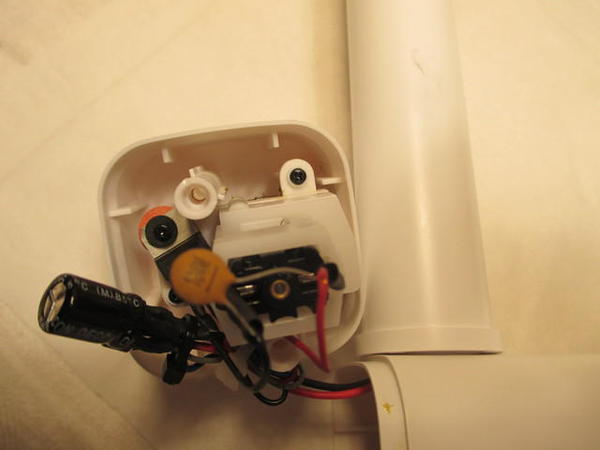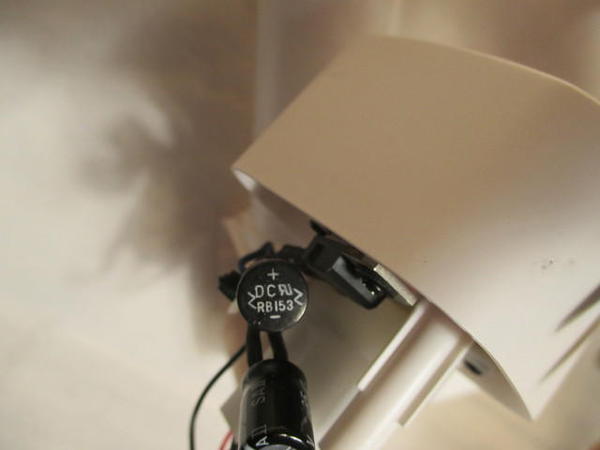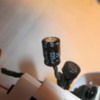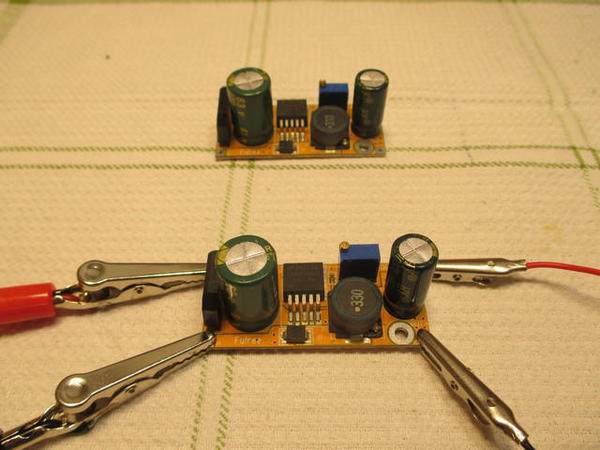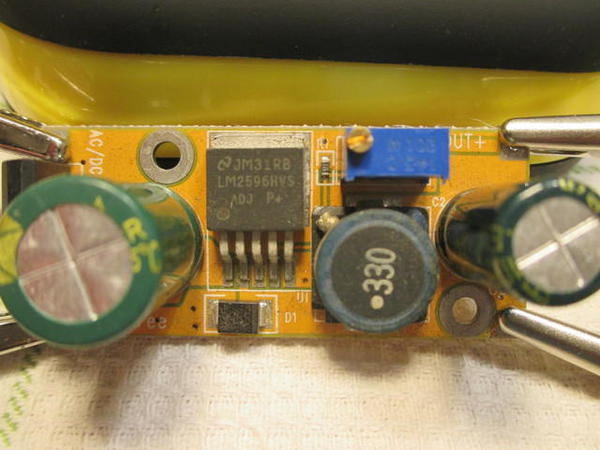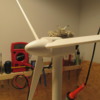Originally Posted by Soo Line:
Was this whole set up by Lionel a way to ensure that the turbines would never be "too fast"? Would there have been an easier way to do it or was this the most economical?
I'd think the simplest solution would have been a gearbox that tops out at some maximum allowable (to the mechanism) speed at 18VAC (or whatever). Then the user has full control over speed just like a conventional engine. This would then just have needed the bridge rectifier to perform the AC-to-DC conversion.
Just guessing, but I think the gearbox selection came first (possibly co-opting a gearbox from another higher volume toy), and then the electronics were added second. Those components in volume cost Lionel maybe 25 cents. And they could have swapped the 7809 with a 7805 (5 Volt), or 7806 (6 Volt), etc. for the same cost. It's curious they use "optimal operating speed" to describe what must be when the regulator is in regulation at 9V DC. That is, these DC motors have a RPM operating speed which maximizes electro-mechanical conversion efficiency (Horsepower vs. Watts, mechanical output vs. electrical input). But that's textbook stuff. In the real world usually there's a better story - like they found an unused carton of 7809 regulators...
BTW, with regard to using the eBay regulator, note that the instructions say you can lower the input voltage to slow down the turbine. Obviously with the 9V regulator in place, the turbine will only slow if the regulator falls out of regulation and delivers less than 9V to the motor. So ignoring electrical efficiency, you don't have to directly drive the motor if it's a hassle to re-wire/bypass the internal circuit. In other words, the eBay module indeed lowers the input voltage which is what the instructions say to do to slow down the turbine.














